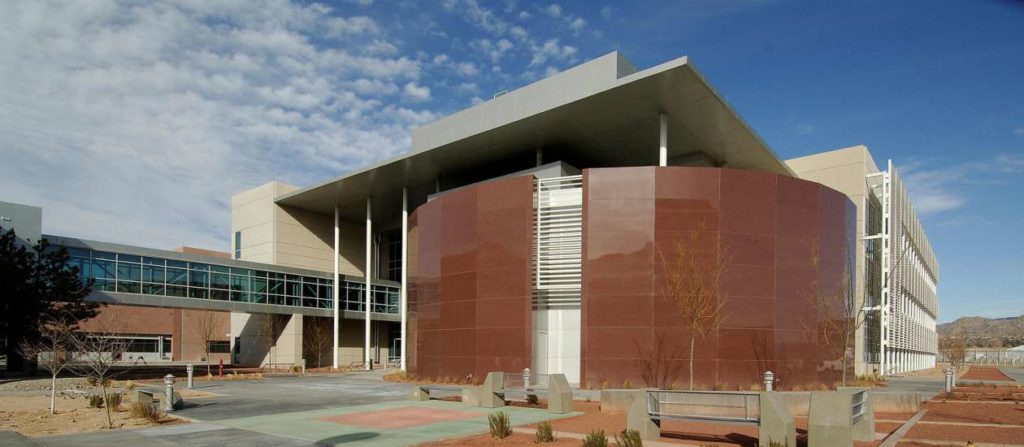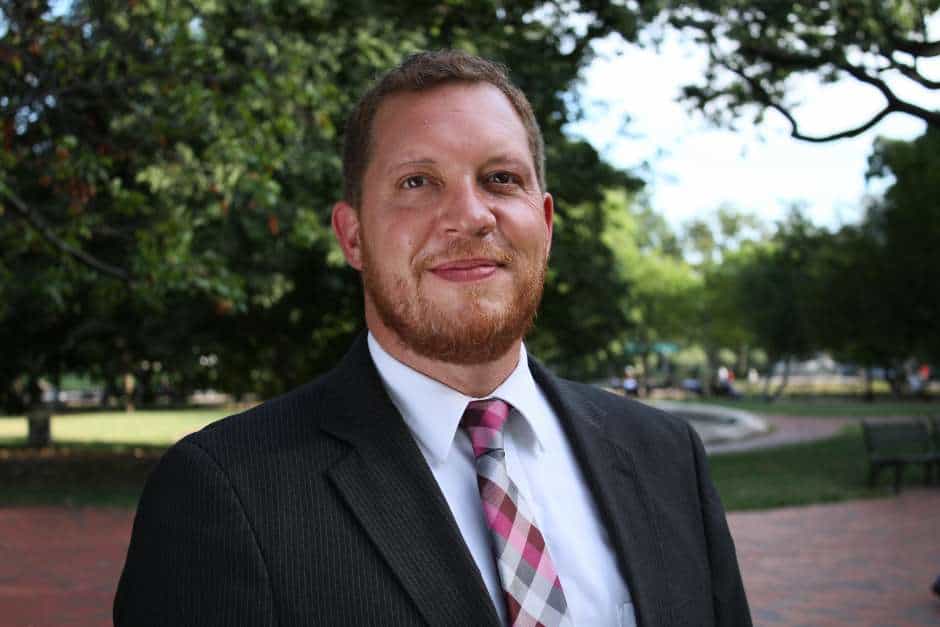This story was co-published with TIME.
Introduction
Top officials at one of the U.S. nuclear weapons laboratories secretly drew up a careful list of targets in 2009. But these were not Russian missile silos or Chinese leadership targets. The officials’ aim was instead to hit a small group of policymakers in Washington with enough political pressure to ensure that the laboratory’s managers could get a lucrative new, 7-year federal contract.

To ensure victory – which to the corporation controlling the lab meant avoiding a messy competition with any other corporations – those at the helm of Sandia National Laboratories devised what they called a “capture strategy” for senior Obama administration officials, according to a laboratory internal document. In part, it entailed hiring three high-priced consultants, at a total expense to taxpayers of up to half a million dollars, who helped craft the target list.
Those on the list were in many cases the usual suspects – members of Congress who served on key committees, their staffs, top Department of Energy officials, a governor of New Mexico and a retired senator. Meetings were held, emails were sent, letters were written, and Washington-based corporate staff was enlisted, all with the aim of keeping the Lockheed Martin Corporation in control at Sandia.
This was, Sandia said in one of its position papers, not merely in the corporation’s best interest, but in the country’s. “We believe,” one of the lab officials said at one point, “it is best for LM [Lockheed Martin], Sandia, and the nation to work together towards influencing DOE to retain this team.” Another message was blunt: “It is in the taxpayer’s best interest to not compete for competition’s sake, but to use the regulatory processes already available” to keep the existing contractor.
While this might seem predictable – after all, what federal contractor would not be eager to keep the federal monies coming in? – it is nonetheless noteworthy for one reason in particular: The analyzing, the strategizing, and the lobbying to get a new contract were all funded by the existing federal contract, according to the Energy Department’s Inspector General, who said this was a violation of federal law, not to mention Sandia’s contract language.
“We recognize that LMC [Lockheed Martin Corporation], as a for-profit entity, has a corporate interest in the future of the Sandia Corporation contract,” said Inspector General Gregory H. Friedman in his Nov. 7, 2014 “Official Use Only” report, which was released to the Center for Public Integrity under a Freedom of Information Act request. “However, the use of Federal funds to advance that interest through actions designed to result in a noncompetitive contract extension was, in our view, prohibited by Sandia Corporation’s contract and Federal law and regulations.”
“Given the specific prohibitions against such activity, we could not comprehend the logic of using Federal funds for the development of a plan to influence members of Congress and federal officials to, in essence, prevent competition,” Friedman said in the report.
Sandia did not see it that way. Its officials told Friedman’s investigators they were merely trying to inform officials in Washington about the work they were doing, an explanation Friedman said was contradicted by the lab’s internal documents.
At stake in the three-year effort was the Lockheed Martin Corporation’s proposal for a 7-year contract extension, with the option for a 5-year renewal after that. While the company’s prospective revenues were not stated in the report, the existing contract called for spending, on average, about $2.4 billion a year. So the total revenues might have exceeded $16 billion.
“Sandia National Laboratories has cooperated fully with the government’s review of this matter,” Heather Clark, a spokeswoman for Sandia National Laboratory, said in language that resembled a statement she issued when a truncated summary of Friedman’s report was first released by the Energy Department last November. “We will continue to work closely with the Inspector General’s office, the Department of Energy and the National Nuclear Security Administration to address all the IG’s recommendations. We are hopeful this matter will soon be resolved.”
In 2009, the report explains, Sandia Corp. hired a consulting firm headed by former U.S. Rep. Heather Wilson, R-New Mexico, and two unnamed former employees of the Energy Department’s National Nuclear Security Administration, at least one of whom previously had oversight authority at the lab. Wilson’s company, Heather Wilson, LLC, provided explicit directions about how to influence the most crucial decision-makers in the contract-award process, according to the IG report.
“Lockheed Martin should aggressively lobby Congress, but keep a low profile,” Wilson’s firm advised, according to notes from a meeting obtained during the investigation.
The notes showed that Wilson’s firm instructed Lockheed Martin to “work key influencers” by targeting then Energy Secretary Steven Chu’s staff — as well as his family, friends, and even his former colleagues at another Energy Department laboratory — and by enlisting former members of Congress to endorse extending Lockheed Martin’s contract without competition.
Wilson has publicly denied that she personally took part in the interactions between her firm and Lockheed Martin involving the Sandia contract. Reached by phone, she declined to answer questions, but later sent a written statement saying that she never contacted federal officials about the Sandia contract extension. Sandia Corp. has said it already repaid the Energy Department $226,378 for the federal money that it spent with Wilson’s firm.
But Friedman went further: He urged the department to determine whether it should recover the money spent by Sandia on the other two consultants, and on the salaries of Sandia officials and employees who worked on the new contract “capture strategy.” Asked if anyone at the department had pursued this effort, Michelle Laver, a spokeswoman for the National Nuclear Security Administration – which oversees Sandia’s work – said the NNSA has not yet determined if it will seek to recoup more money.
A Justice Department spokesman, asked if a federal investigation was under way into what Friedman depicted as a violation of federal laws, declined comment.
The copy of Friedman’s report that was released to the Center for Public Integrity was heavily redacted to withhold names. But it made clear that Sandia’s push for a long-range, no-bid contract extension under the present administration was not the first attempt to lobby public officials at taxpayers’ expense. “Perhaps [Sandia National Laboratories] felt empowered because it had improperly directed Federal funds to similar activities in the past,” the Inspector General’s report said, in a phrase that did not appear in the November public summary.
A Department of Energy official in 2009 warned lab leaders that their actions “crossed the line” when reports to Congress recommended funding levels for particular programs and policy positions, actions the officials compared to illegal lobbying, according to the report. But in a 2010 email, one of Sandia’s officials – whose name was redacted – said that using federally funded laboratory staff for purposes of pursuing contract extensions was not a big deal, because it had been done before.
“We used operating costs in the same way in securing the extensions in [1998] and 2003,” the lab official wrote.
Lockheed Martin has received a series of one-year contract extensions since 2012, but its push to lock in a longer-term contract failed. Currently, the management and operation contract for Sandia National Laboratory is up for competitive bid – the precise result that Sandia and Lockheed worked to block. The corporation’s existing contract expires April 30, 2017.
Read more in National Security
Up in Arms
Audit: Nuclear lab lets safety gaps languish for years
Multi-billion-dollar Los Alamos contractor tells investigators it needs more money to meet basic safety expectations
Up in Arms
A historic deal with Iran?
The agreement to constrain Iran’s nuclear work mixes the language of a treaty with the details of a technical paper


Join the conversation
Show Comments